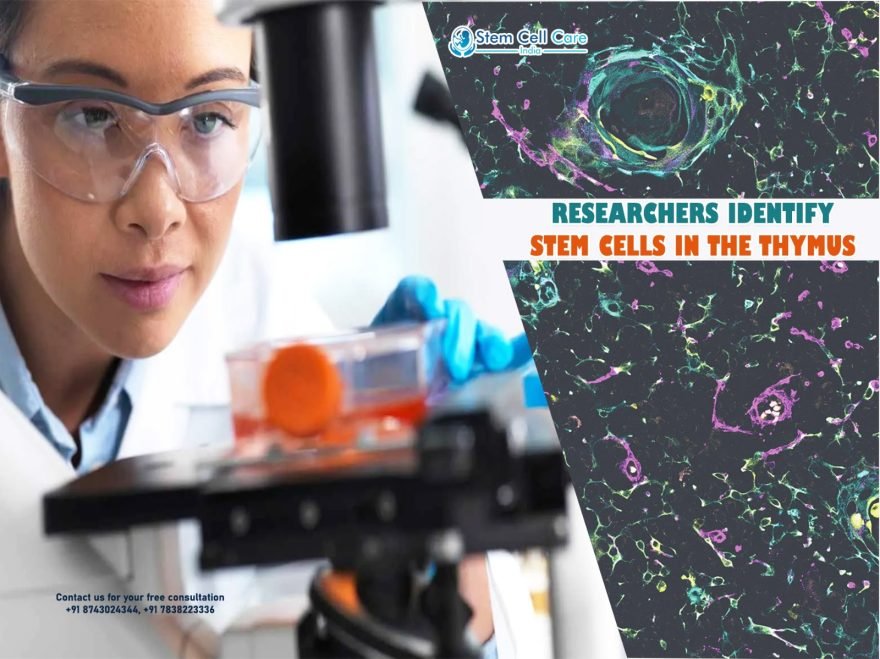Francis Crick Institute researchers have discovered stem cells in the human thymus for the first time. Researchers researching immunological illnesses, cancer, and immune system activation may find these cells to be a novel target.
In the thymus, a gland located in the front of the chest, thymocytes (the gland’s cells) evolve into T cells, which are specialised immune cells needed to combat disease. The thymus has a distinct and intricate three-dimensional structure, including an epithelium (a layer of cells that can govern T cell proliferation) that wraps around the thymocytes and forms a mesh throughout the organ.
The thymus has received less attention than other organs due to its relative difficulty of access, age-related atrophy, and recent identification of its function. Scientists previously believed that it only included progenitors generated during foetal development and not’real’ epithelial stem cells.
These new findings, published in Developmental Cell, show for the first time the existence of self-renewing stem cells that give rise to thymic epithelial cells, which lead thymocytes to develop into T cells. This demonstrates that the thymus has a critical, regenerative function that persists beyond childhood and could be exploited to boost the immune system.
The researchers examined these stem cells using tests based on the expression of specific proteins in the human thymus. They detected stem-cell niches (regions where stem cells gather) in the thymus in two locations: below the organ capsule, or outer layer, and around blood vessels in the medulla, the core region.
They demonstrated that thymic stem cells contribute to the environment by producing extracellular matrix proteins that act as their own structural framework.
By using cutting-edge methods to study gene expression in single cells and tissue sections, they revealed that these stem cells, known as Polykeratin cells, express a plethora of genes that allow them to give rise to numerous cell types not previously thought to have a common origin. They can differentiate into epithelial, muscle, and neuroendocrine cells, highlighting the thymus’ function in hormone regulation.
By isolating Polykeratin stem cells in a dish, the researchers were able to show that thymus stem cells can be considerably expanded. They demonstrated that a single stem cell could generate all of the complex cells in the thymus epithelium, demonstrating extraordinary and previously untapped regeneration potential.
Roberta Ragazzini, postdoctoral research associate at the Crick and UCL, and first author, said: “It’s paradoxical that stem cells in the thymus — an organ which reduces in size as we get older — regenerate just as much as those in the skin — an organ which replaces itself every three weeks. The fact that the stem cells give rise to so many different cell types hints at more fundamental functions of the thymus into adulthood.”
The thymus is believed to be tightly controlled in adults, providing the immune system with just enough boost to combat infections without going too far and attacking the body’s own cells.
However, in some people, the thymus gland does not function properly, and their immune system is not as strong as it should be. According to today’s research, it would be beneficial in certain instances to stimulate stem cells to rebuild the thymus and enhance their immune system.
Paola Bonfanti, senior group leader of the Epithelial Stem Cell Biology and Regenerative Medicine Laboratory at the Crick, said: “This research is a pivotal shift in our understanding of why we have a thymus capable of regeneration. There are so many important implications of stimulating the thymus to produce more T cells, like helping the immune system respond to vaccinations in the elderly or improving the immune response to cancer.”
The researchers’ next step will be to investigate the features of thymic stem cells throughout life and how to modify them for potential treatments.


